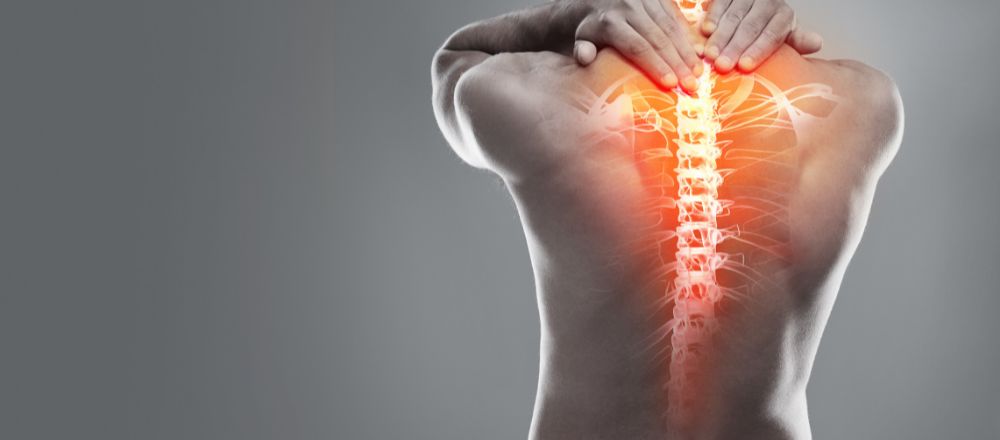What is pain?
Pain is an uncomfortable sensation that usually signals an illness or injury.
In general, it is the body’s way of telling you something is not right. Pain can limit a person’s capabilities and abilities to follow a daily routine and often acts as an early warning signal to alert you that something is not right with your body. If pain remains treated incorrectly then it may become chronic. Body pain is a common occurrence and can sometimes affect our everyday routines.
Types of pain
There are five common types of pain, but some pain can fit into more than one category that is where the complication comes in. The five most common types of pain are such as Acute pain, Chronic pain, Neuropathic pain, Nociceptive pain, and Radicular pain.
Acute pain tends to be related to a soft-tissue injury or a temporary illness, so it typically subsides after the injury heals or the illness subsides. This type of pain is short in duration, lasting from minutes to about three months. It may evolve into chronic pain if the injury does not heal correctly or if the pain signals malfunction.
Chronic pain: Chronic pain is longer in duration that can be constant or intermittent. Headaches can be considered chronic pain when they continue over many months or years if the pain is not always present. It is often due to a health condition like fibromyalgia, a spine condition, and arthritis.
Neuropathic pain: This pain is due to damage to the nerves or other parts of the nervous system. Neuropathic pain is often described as stabbing, burning pain, shooting, or it feels like pins and needles. It is a most common type of chronic pain that may be intermittent, and it can be so severe that it makes performing everyday tasks difficult.
Nociceptive pain: Nociceptive pain is often experienced in the joints, muscles, skin, tendons, and bones which can be both acute and chronic. It is a type of pain caused by damage to body tissue. It can make someone have difficulty feeling hot or cold sensations and affect sensitivity to touch. This pain is often caused by an external injury for example, if you stub your toe, twist your ankle, hit your elbow, or fall and scrape up your knee, you may feel nociceptive pain.
Radicular pain: Radicular pain radiates from the back and hip into the legs by way of the spine and spinal nerve root. It is a very specific type of pain can occur when the spinal nerve gets compressed. If you have radicular pain may experience tingling, numbness, and muscle weakness. This type of pain is often steady, and you will feel it deep in the leg.
Different Types of Pain management for Pains
Some medications are considered more effective for different types of pain than others like a cause of the pain, coexisting conditions, interacting supplements, or medications. For Acute pain, opioids and non-pharmacological treatments such as bioelectric therapy or ice. For Chronic pain, capsaicin cream, antidepressants, opioids, and non-pharmacological treatments like radiation therapy, and bioelectric therapy. For Neuropathic pain, capsaicin cream, anticonvulsants, antidepressants, and non-pharmacological treatments like cognitive-behavioral therapy.












Leave a comment
You must be logged in to post a comment.